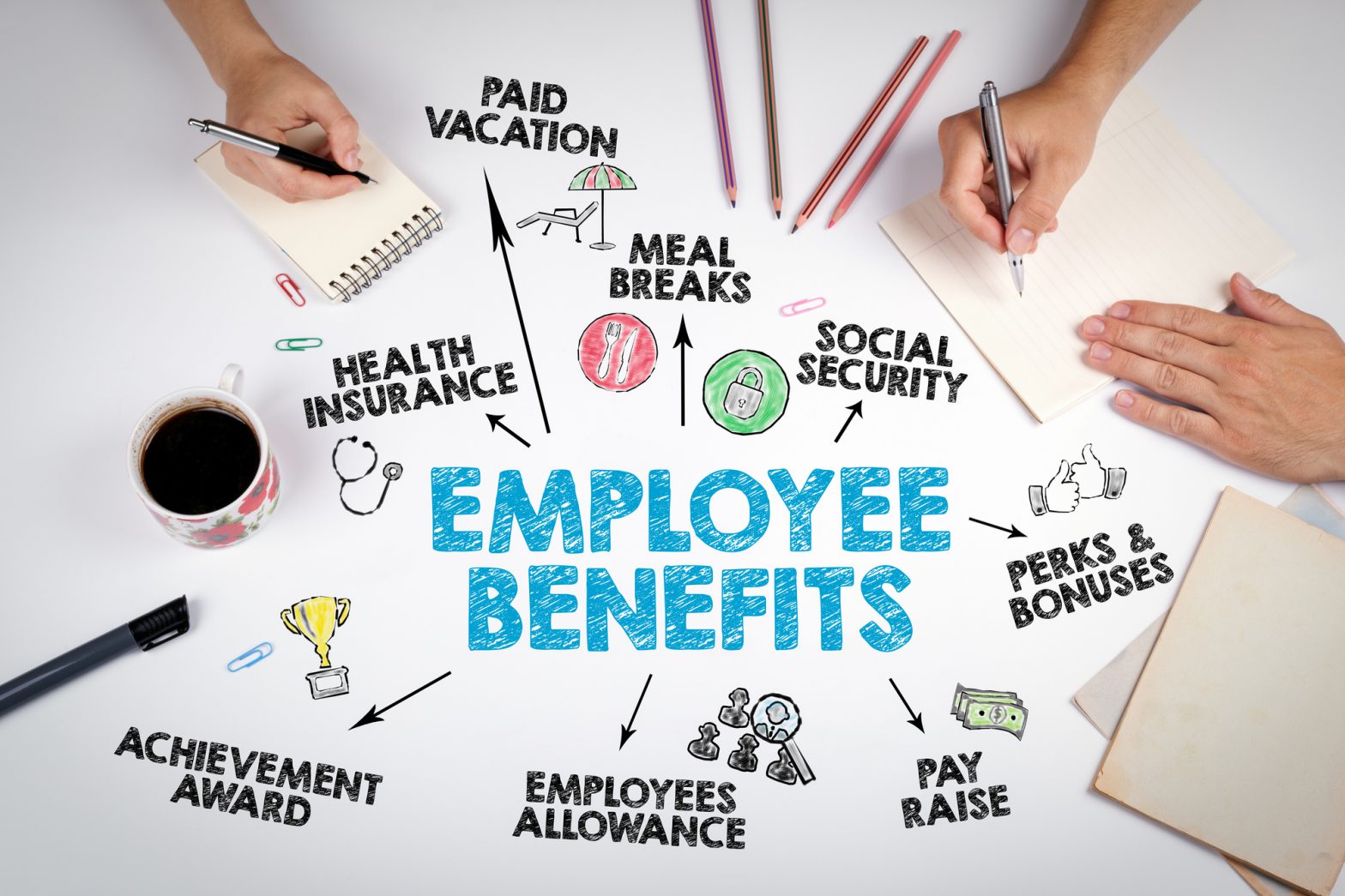Within the past few years, Uber and Lyft have been in hot water because they were misclassifying their drivers as independent contractors. In one lawsuit, several of Uber’s employees sued and won a million-dollar settlement over their loss of benefits.
If you are a business owner, these stories should probably concern you, especially if you aren’t sure whether your company is correctly managing co-employment risk, which refers to your relationship with contractors.
This article is going to teach you all about co-employment risk and how to mitigate it. So, keep reading to learn more.
What is Co-Employment?
Co-Employment is when an employee, usually an independent contractor, is employed by two companies simultaneously. Typically, there is the staffing agency that is responsible for their payroll, hiring, and more. Then, there is the company that they are currently performing labor for as a contractor.
Before diving deeper into co-employment, let’s define the difference between an independent contractor and an employee.
Independent Contractor
An independent contractor is typically identified as someone who has complete control over the process of their work but doesn’t have control over the final project.
An employer of an independent contractor can only require changes to the final project but must allow the contractor freedom through the work process.
Employee
On the other hand, as a business owner, you can require employees to complete projects in a specific manner. You can give them an office they are required to be at, set hours, and more.
Co-Employment Risk
The main risk related to co-employment is that employers will incorrectly classify contractors as full-time employees. Or vice versa, they will identify full-time employees as independent contractors to try and save money on benefits.
The problem is that this will lead to lawsuits and higher fees down the road.
Co-Employment Laws
The IRS uses one primary law to identify a contractor’s relationship with a company. It is the Common Law rules. These rules look at three main areas to determine the relationship of a contractor with a business entity.
Behavioral
Within this area, the IRS looks at the contractor’s behavior within the company. They would look to see if the individual is required to work specific hours or from a particular location. The root of their question would be how much control does the company has over this individual.
Financial
Next, the IRS would explore the financial obligations the employer has towards the contractor. This section also looks at contractors’ benefits, payment, and origin of their supplies, most of which should be provided by their parent company.
Type of Relationship
Finally, the IRS would look at the written relationship between the contractor and the employer. For example, it would look to see if there was any written agreement in place that defined the contractor’s benefits. It would also look at the contractor’s role in the company and if they are essential to its purpose.
Solutions
Luckily, there are ways you can mitigate co-employment risk in your organization. The three main things to remember are knowing your laws, keeping contractors separate, and communicating often.
Know Your Laws
First, it is critical that you understand the laws and regulations that pertain to co-employment risk. This understanding should include the proper definitions of an employee and independent contractor.
You also should frequently check to see if there are changes to co-employment laws. If you are unsure, this is an area that consulting a business lawyer might be helpful.
Independent Contractors
Next, treat your independent contractors differently. Recognize that they are allowed to make their schedule and work from wherever they please.
Don’t allow your contractors to be a part of any groups that also contain non-contracted employees.
Communicate Often
Lastly, it is important to communicate often with your accountant, business lawyer, and others to ensure that legally you are handling all employees correctly.
Similarly, it can help to have a written procedure that outlines the specific rules and regulations you expect your contractors to follow. It can also discuss the way that managers are expected to treat contractors.
Another essential procedure to have in place is once every few months to review the role of each employee and contractor. At this time, you can ensure that you are still classifying your contractors correctly. It might be necessary to recognize a contractor’s growing role in the company and move them over.
Benefits
There are advantages to identifying your contractors and employees correctly. For example, you don’t have to worry about their HR needs or payroll. Also, you can save money on paid time off or workers’ comp.
Paid Time Off
Independent contractors are not guaranteed time off and are only expected to get the job done.
By correctly identifying your contractors, you save the expense of providing them the paid time off you are entitled to give other employees.
Workers’ Comp
Workers’ comp isn’t required for contracted employees. Thus, by correctly identifying your workers, you can save money on that expense.
These are just a few examples, but there is a huge financial incentive to correctly recognizing your employer’s role.
Double Check Today
No matter the size of your company, there is no harm in checking today to ensure that your employees are all correctly classified within your company. Managing the co-employment risk in your company will save you time, money, and headache in the future.
Also, double-checking that your employees are receiving all their benefits and that they are protected correctly with workers comp will save you money and heartache in the future.


 May 19, 2021
May 19, 2021 Blog
Blog 









